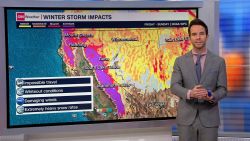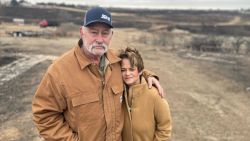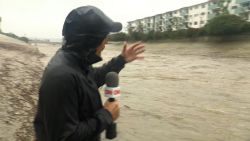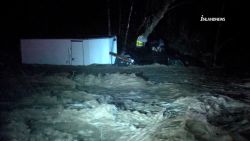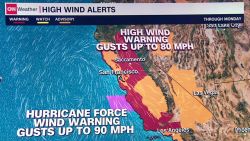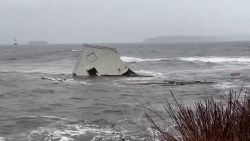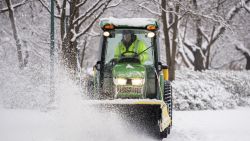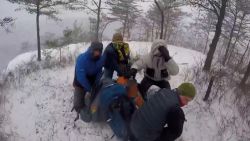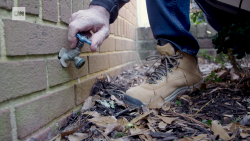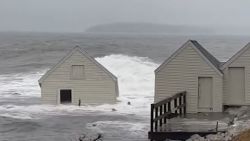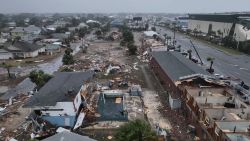California’s Death Valley is known to be a hot place, but it hit 130 degrees Fahrenheit (54.4 degrees Celsius) Friday for only the fifth time in recorded history – that’s only five days out of more than 40,000 days on record.
Interestingly, it could happen again Sunday, and perhaps even Monday as well.
The record for the number of consecutive days at 125 degrees or higher is 10, set in 1913 (June 28-July 5). This year, Death Valley hit 126 on July 7 and will likely continue that stretch of days with 125-plus temperatures through Tuesday. This would be eight straight days, which would be the second-longest streak in recorded history (tying eight days in 2013).
More than 30 million people in the West are under excessive heat alerts. The heat alerts stretch from northern Washington state down to the Arizona/Mexico border.
Grand Junction, Colorado, set a new all-time temperature record of 107 on Friday.
Las Vegas tied its all-time temperature record of 117 degrees on Saturday. Fresno, California, could also near its all-time temperature record of 115 degrees on Sunday.
How hot will it be where you live? >>>
But none of these quite compares to the staggering 130 in Death Valley – 13 degrees above normal.
“An anomalously strong high pressure system overhead will remain overhead for multiple days,” said Chelsea Peters, meteorologist at the National Weather Service in Las Vegas. “When the overnight low is warmer than the previous day’s and similar temperature trends are expected, the daytime high would likely end up being just as hot, or hotter than the previous day.”
But as hot at 130 may be, it is not the hottest temperature ever for Death Valley – which is 134 degrees, set in 1913. That is also considered the official world record, but it is a bit of a controversial one.
The controversy behind the record
The World Meteorological Organization (WMO) is the governing body that determines formal weather records across the globe, as well as weather nomenclatures (such as naming tropical systems).
Prior to 2013, the highest recorded temperature in the world was actually 136.4 degrees Fahrenheit (58 degrees Celsius), set in 1923 in Al Azizia, Libya. However, the WMO later determined the Libya measurement was faulty and officially de-certified it as the official all-time highest global temperature, giving that designation instead to the Death Valley temperature on July 10, 1913.
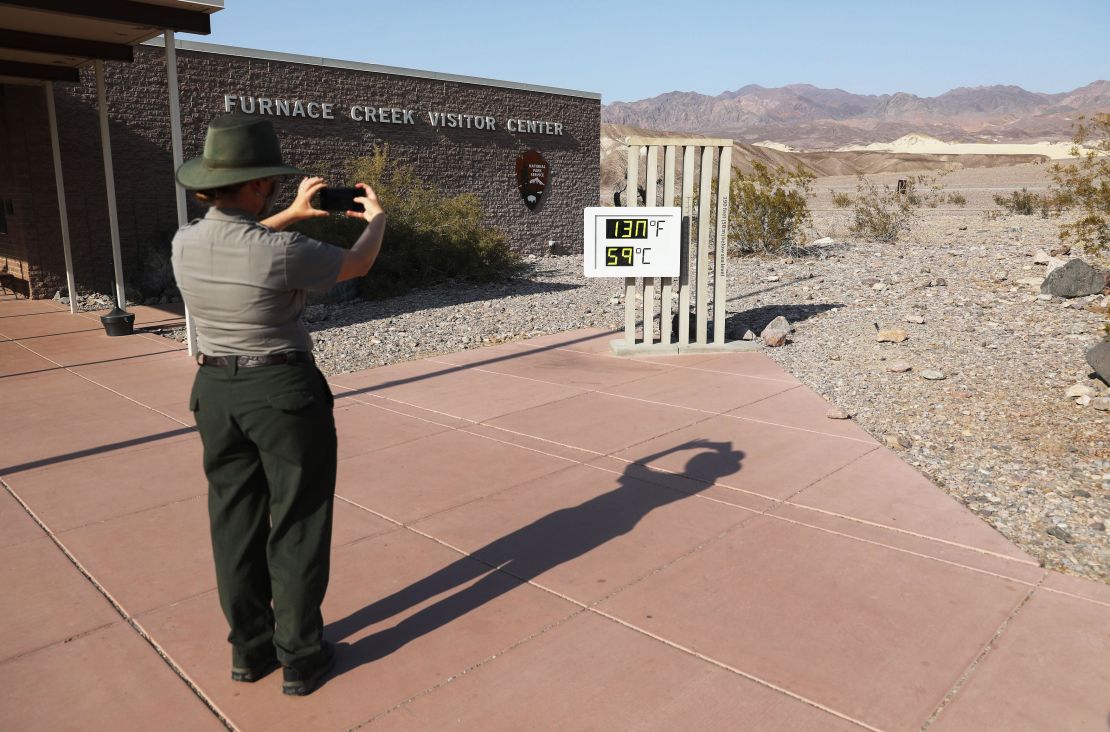
However, there is speculation the 1913 Death Valley record may also be invalid due to faulty placement of the instrumentation. All official weather sensors used by the National Weather Service are strategically placed to avoid interference from direct sunlight, wind, trees or moisture.
The record of 134 in Death Valley came in the middle of an abnormally intense heat wave that stretched from July 7-14, 1913. Maximum temperatures for that time period were 127, 128, 129, 134, 129, 130, 131 and 127, respectively.
The WMO even has this on its website: “Some weather historians have questioned the accuracy of old temperature records. The WMO Archive for Weather & Climate Extremes is always willing to investigate any past extreme record when new credible evidence is presented.”
Regardless of whether you agree with keeping the 1913 data, it is hot there right now. Not just during the day, but also at night. And intense heat at both times of the day is critical for safety.
Heat-related deaths increase at the end of summer
Morning low temperatures both Sunday and Monday morning in Death Valley are expected to be 103, which is more than 10 degrees above normal. The record highest low temperature there is 110.
This is a problem, because these temperatures don’t allow the body to successfully cool down at night. The temperature needs to drop to at least 80 degrees for recovery to begin. In fact, a person can lose up to 2 liters of fluid overnight through sweating if the temperature doesn’t drop below 85 degrees.
“Your body requires cooling off at night, and actually expects it while you’re sleeping,” says Jenn Varian, meteorologist at the National Weather Service Las Vegas office. “When we have very warm overnight temperatures, your body is simply not able to cool off properly, which in (and) of itself can cause complications, but will set you up to be less prepared for the daytime heat as well.”
The low temperatures in other locations aren’t much better. Sunday morning, Las Vegas is forecast to be 93. In Phoenix, the low temperatures will likely not get below 91.
Duration is also important, as is the time of year that the heat is occurring.
“For example, a heat event in April with high temperatures of 107°F will probably warrant an Excessive Heat Warning, whereas 107°F in July is just a couple of degrees above normal, so we would be unlikely to issue anything,” Varian said.
The same thing happens at the end of the summer season, in August and September, even though people may think they’d be acclimated by then.
“Actually, coroner’s reports show that there are more heat-related deaths and illnesses at the end of the summer than any other part, because your body is exhausted from fighting extreme heat all summer,” Varian said.
CNN Meteorologist Haley Brink contributed to this report.


